International Archives Day 2025. Chiropody in World War II
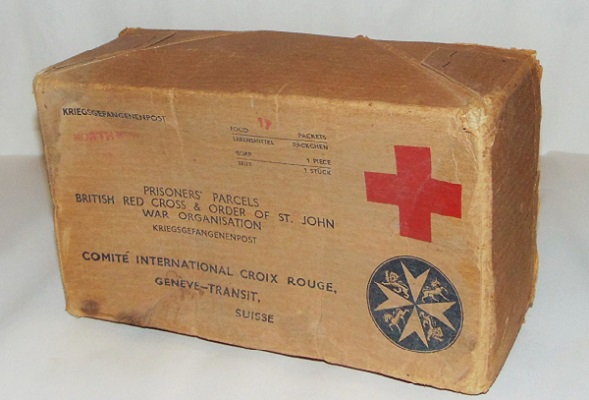
As 2025 marks the 80th anniversary of the end of WWII and its International Archives Day on 9 June, we thought it would be appropriate to highlight the items we have in the archive relating to the conflict.
(Top image: Example of a Red Cross Parcel sent to POWs.
Source: https://commons.wikimedia.org/wiki/File: Prisoner_of_War_Parcel,_British_Red_Cross. JPG )
Editorial: October 1939 - Thoughts on the outbreak of war
"The publication of this issue of The Chiropodist was to have coincided with the closing day of the autumn convention of our Society. Instead, it finds the nation grimly at war .... "
Read more below:

Mobile chiropody units
Mobile chiropody units played a crucial role in maintaining the health and well-being of soldiers during World War II. The medical treatment of feet was an essential aspect of military care, given the heavy physical demands of marching, running, and standing for long periods.
The role of mobile chiropody units:
- Prevention of foot problems: soldiers often suffered from blisters, trench foot, and other foot-related ailments due to prolonged exposure to wet conditions, long marches, and inadequate footwear
- Treatment of injuries: these units would address more serious foot issues, such as infections or wounds, that could have otherwise incapacitated soldiers.
- Mobile clinics: the chiropody units were equipped with mobile clinics that could be set up in the field, near the frontlines, or in camps. They typically included all the necessary instruments for podiatric care, such as scalpels, dressings, and antiseptic solutions
- Supporting soldier morale: foot care wasn’t just about physical health; it had a significant impact on morale. Soldiers who were able to walk without pain or infection were in better spirits and could perform their duties more effectively
In Scotland, Miss Catherine Norrie supported the war effort by setting up (in conjunction with the British Red Cross Society) five mobile chiropody units which treated the Forces stationed in Scotland. These mobile chiropody units were based in the Edinburgh and Glasgow Schools.
In addition, there was a Welsh Appeal Fund to raise money for further units.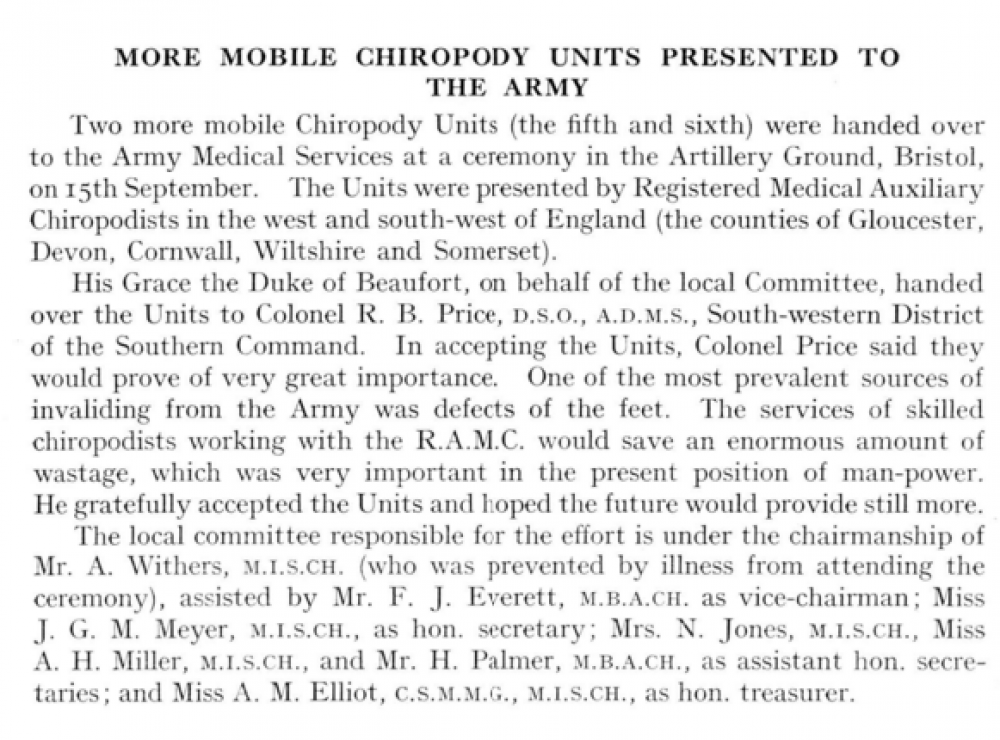
Lawrence Gibbard (1911-2000)
Cpl L C Gibbard enlisted in the Royal Army Medical Corps as a chiropodist and helped form a mobile chiropody unit.
A document in the archive written by Gibbard, is a draft outline consisting of a chapter for inclusion in a proposed RAMC Chiropodists Handbook and an annual report on his first year working at the Chiropody Centre, Higher Barracks, Exeter (1941). This latter piece outlines his experiences in an army camp in Exeter and his work with the women’s ATS Corps (the Auxiliary Territorial Service was the women’s branch of the British Army during World War II).
In this document, he compares the foot treatments of both his male and female patients.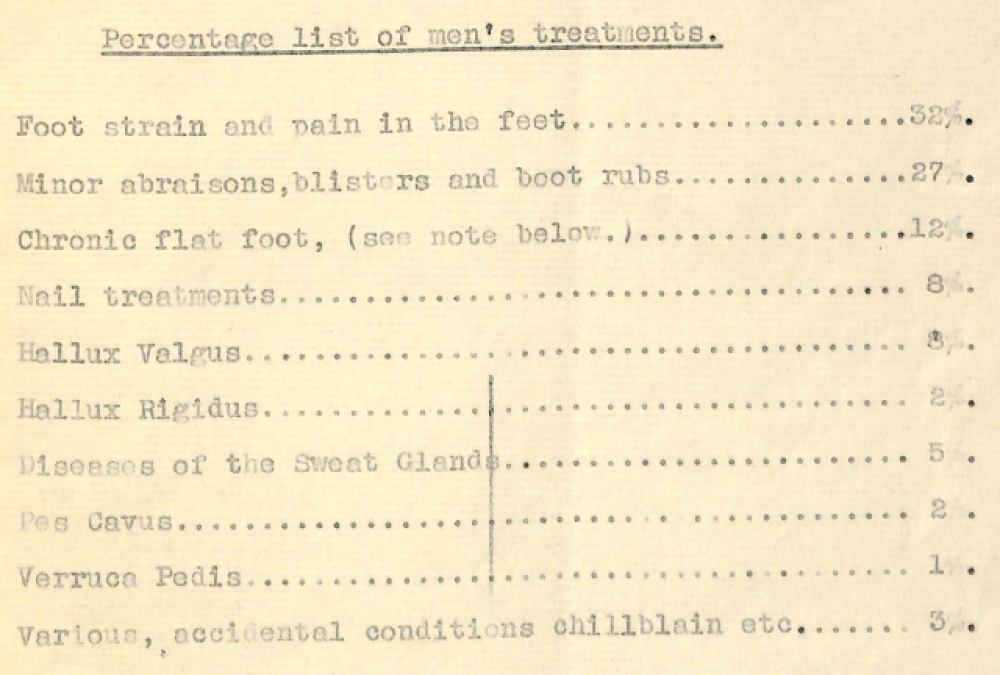
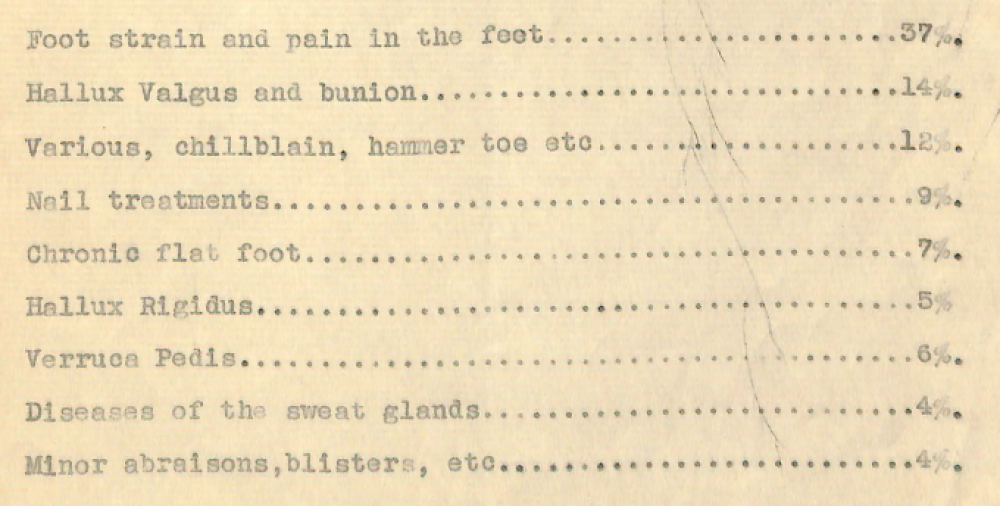
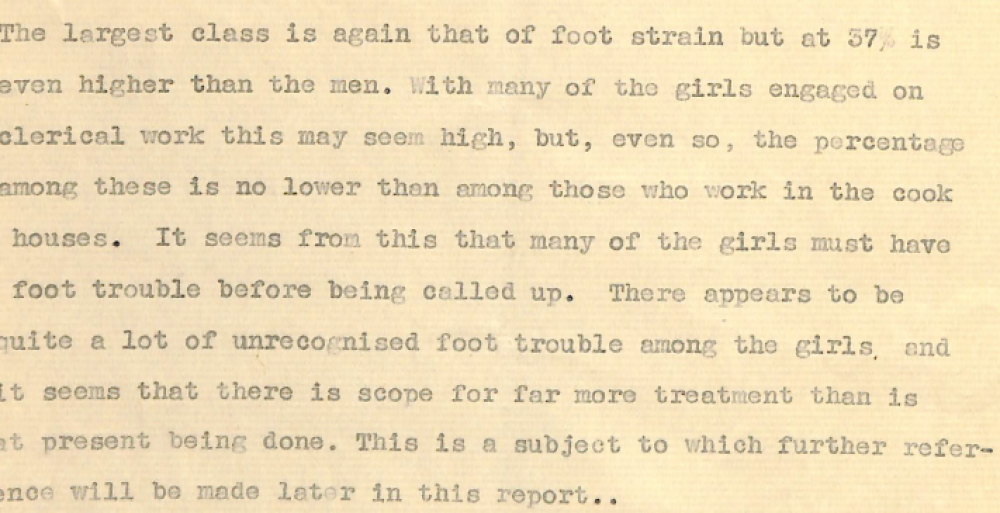
Prisoners of war and chiropody examinations
A unique and important cache of documents held in the Royal College of Podiatry archive holds a wealth of information about such prisoners studying and sitting for examinations in chiropody. These include official papers sent between the PoW camps, the Chiropody Group council and the Red Cross. In addition, there are the personal papers of 20 individuals who applied to study chiropody. These will be looked at in greater detail in a further article – however for the moment this paper will examine the general mechanisms how such examinations were prepared for and conducted.

Figure 1 - Red Cross Results of Examinations booklet. January - June 1944
The Red Cross was a key means of reaching POWs; food parcels were a regular feature of life in the camps and receiving them was a highlight in an otherwise mundane existence. However, through the Red Cross and St John War Organization books and materials for study could be sent to the camps upon request. This was all co-ordinated through staff based at the New Bodleian (Weston) Library in Oxford. A recent refurbishment of the Weston Library uncovered a number of documents relating to the POW Educational Service. The Bodleian Library website discusses this find and summarises the work undertaken there:
Requests for books were received in the New Bodleian by the Red Cross Educational Books Section following a distribution of 'blue forms' to POW camps….. Books were selected from stock or ordered from Blackwell Booksellers located next door. Every volume had to pass through the Educational Books Section, where each pencil or ink mark was removed before the book was shipped to Germany. No book containing a map was sent until the map was removed. The books then had to pass the German censor. Besides satisfying individual requests for books and courses, the Red Cross Educational Book Section also made arrangements for prisoners to sit examinations.” 1
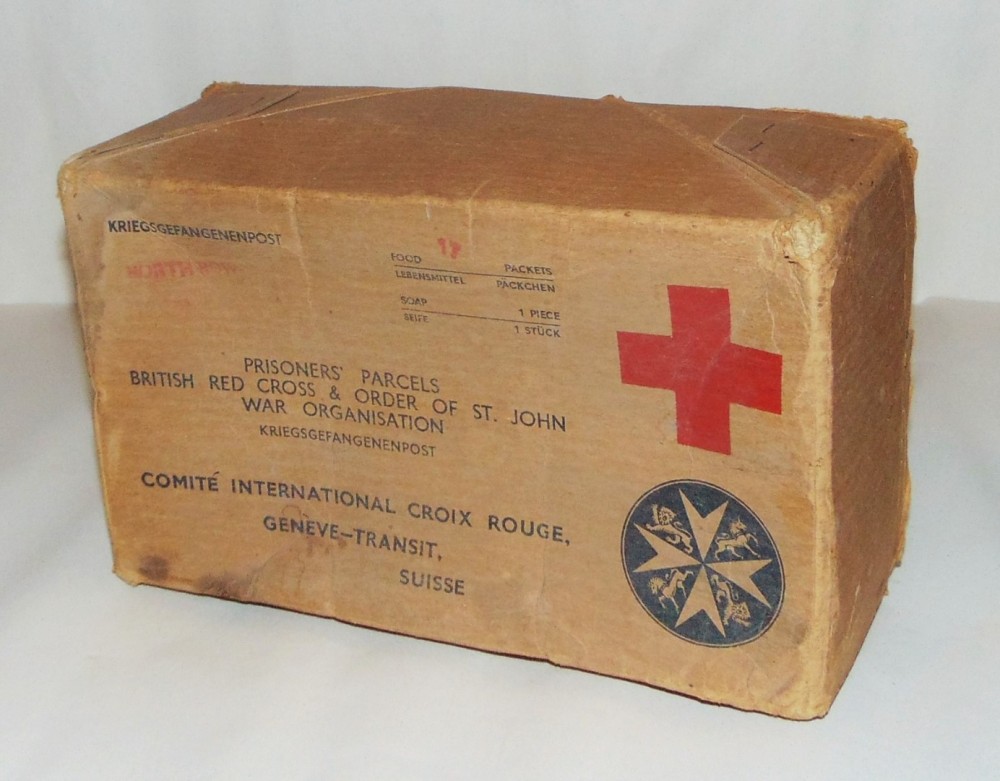
Figure 2 - Example of a Red Cross Parcel sent to POWs 2
So why would the German authorities permit studying and examinations in camps? Furthermore, why would detainees wish to study in the harshest of conditions? For the German authorities it was presumably better to have some of the POWs occupying their time in quiet study. For the POWs it enabled them to remain occupied and diverted as well as preparing for a life post-war. Some of the subjects studied were vocational, such as chiropody, whilst others more of general interest such as English Literature. With regard to the chiropody examinations, only the theory of chiropody could be studied (for obvious reasons.) The practical aspects of the qualification would be undertaken once the prisoner had returned home.
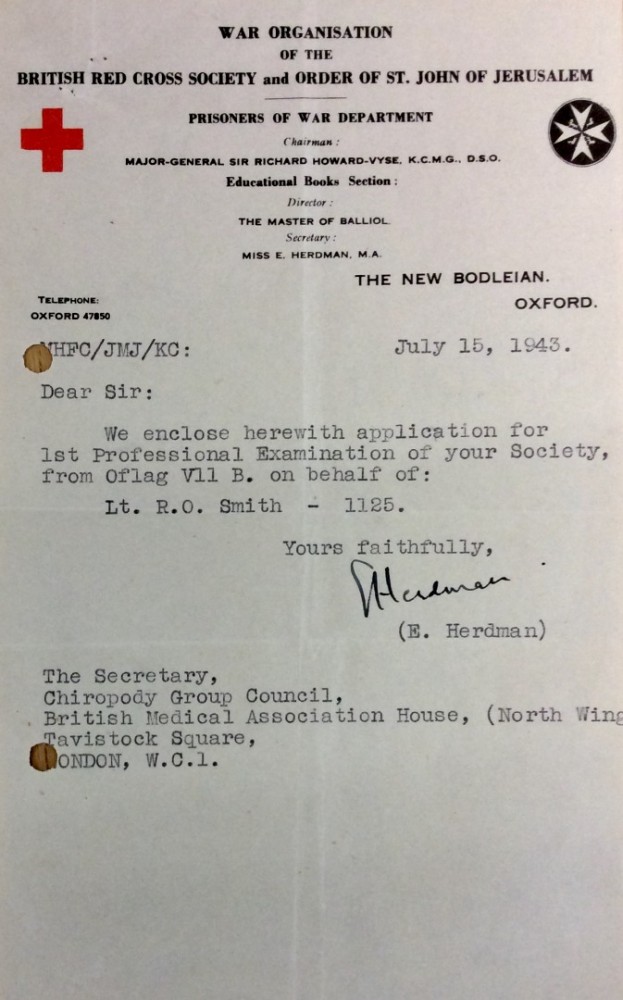
Figure 3 Letter of application to CGC regarding Lt RO Smith 3
Editorial: May 1945 - Thoughts on the end of hostilities in Europe
"With the end of hostilities in Europe, the process has begun of transition from the war-time economy and methods of living to those of peace. Chiropodists naturally have their problems of adjustment as everyone else ..."
Read more below:
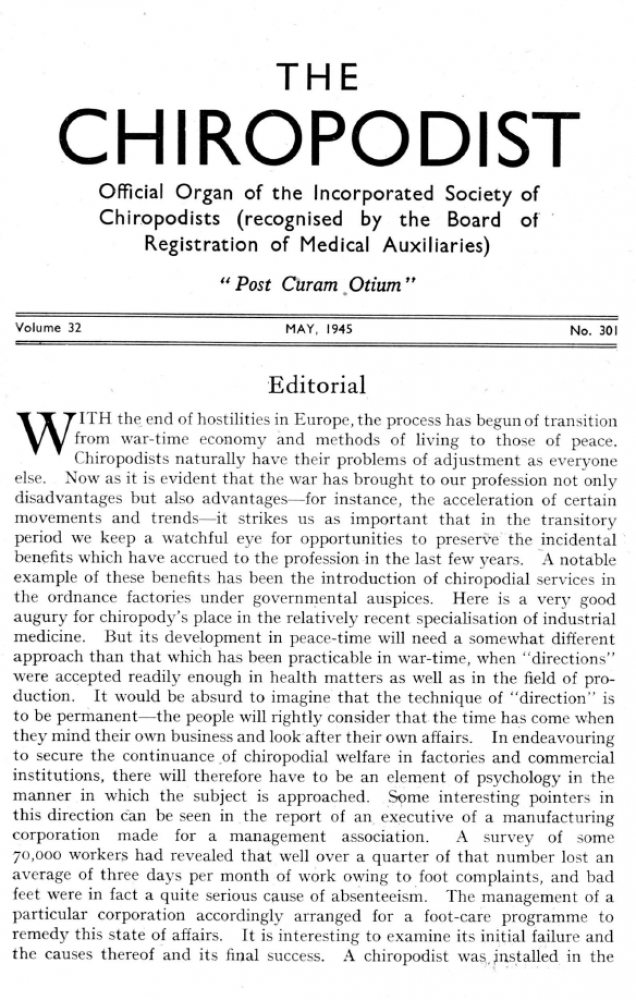
Footnotes
[1] https://www.bodleian.ox.ac.uk/bodley/news/2013/wartime-book-service – accessed 1.8.19. Thanks to staff at the Bodleian Library for their assistance.
[2] https://commons.wikimedia.org/wiki/File: Prisoner_of_War_Parcel,_British_Red_Cross. JPG – accessed 1.8.19
[3] Letter dated 15 July 1943 from E Herdman to the Secretary CGC
